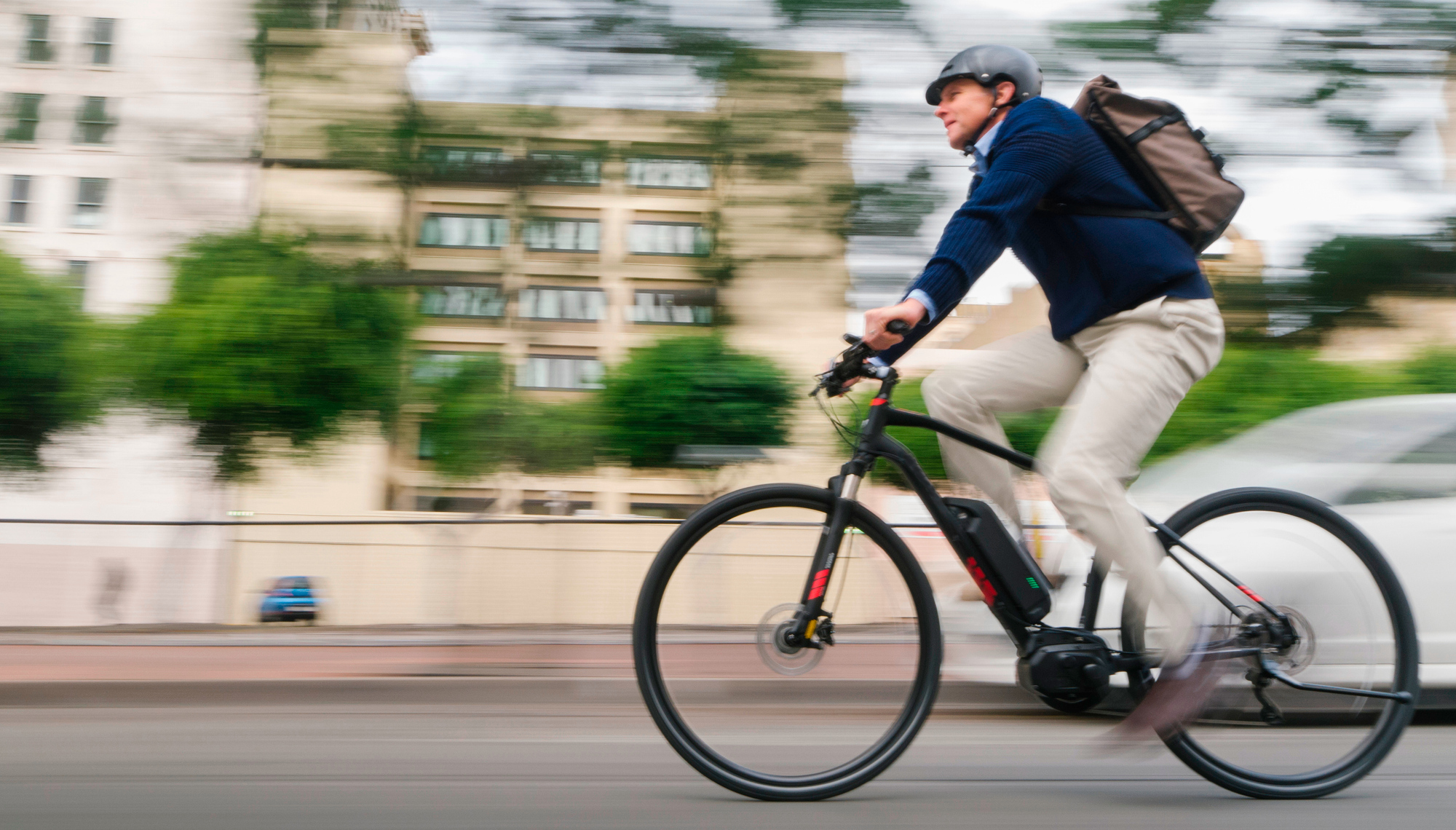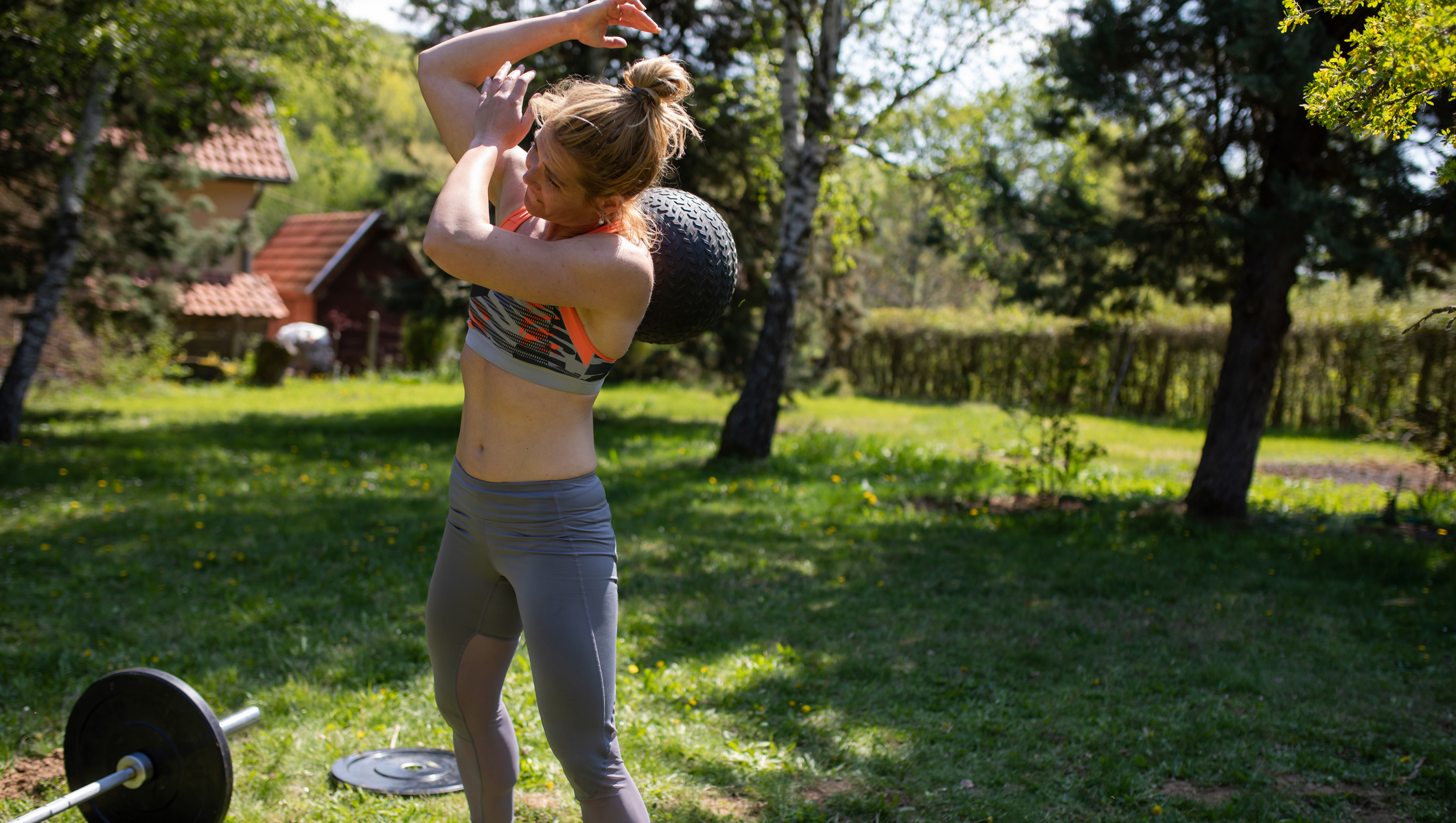Tempo Runs Explained, Including Workouts, Suggested Pace And Benefits
They can be tricky to get right, but tempo runs are an invaluable part of a runner’s training routine

If you’ve ever attempted to follow any kind of running training plan, the odds are it will have had several different types of run on it, and one of those will have been tempo runs. That’s because tempo runs are useful for all kinds of runners, whether you’re marathon training or tackling short distances like 5Ks or one-mile events. Simply put, if you want to get faster, stronger and fitter, a tempo run should be part of your training schedule.
For more information on what tempo runs are, their benefits and how to judge your effort during them, we spoke to running coach Andy Hobdell.
Andrew Hobdell is a running coach who has been coaching elite and amateur runners alike for decades. Hobdell has coached athletes to the last four Olympics, including Team GB middle-distance runner Andy Baddeley, and marathon runners Kevin Seaward and Paul Pollock who represented Ireland.
What is a tempo run?
In simple terms, tempo running is where you need to put some effort in to keep up the pace, but you can keep that pace going for a good period of time. I often equate it to your perceived marathon pace effort. It’s a run that builds your body’s ability to run faster for longer periods of time.
To put it in context with other runs, active recovery runs progress to endurance base runs, which then progress to tempo runs, then to threshold runs and finally VO2 max.
How do you judge your effort level during them?
It should feel as though you are running comfortably hard, but it’s a controlled effort. If you want to pay more attention to your pace as opposed to perceived effort, I have used a very basic measurement which is roughly 25 to 35 seconds per mile slower than your 5K race pace. For those who would rather refer to heart rate, these runs are around 85% to 90% of your maximum heart rate.
What are the benefits of tempo runs?
Tempo running is of benefit to all runners at distances from 800m up to the marathon, although the further the distance – 10 miles to marathon – the more specific the physiological adaptations are to the requirements of those distances. This is the pace at which the body is able to clear as much lactate as it is producing while working comfortably hard. If you use tempo running correctly, your body becomes more conditioned over time at that pace, so that your pace on tempo runs improves. You become stronger and more aerobically robust, meaning you can run longer and faster.
The other benefit from this type of training is that it helps to improve your mental strength. Tempo runs are close to the intensity you will feel when you race, so you are familiarising both mind and body to the toughness required.
How long should tempo runs be?
For those racing from the mile up to 10K I would aim for 20 to 30 minutes of tempo effort. For those running longer distances, the tempo run can increase up to 10 miles, depending on the stage of training. As you get closer to your race the distance would be reduced to prepare for race day.
How often should you do tempo runs?
This depends on time constraints and your race distance. I like to make it part of the weekly schedule, and how often will vary on the race distance targeted. For example, I would include a tempo session once per week for those doing one mile up to 10K. For athletes training from 10 miles up to the marathon I may include variations of tempo work up to two times per week, depending on their stage of preparation. This would be included within a long run or with shorter reps like a mile to 5K with short recoveries to not allow the heart rate to drop too much.
What are some examples of tempo runs people can try?
Try a progressive 30-minute run where you run easy for the first 10 minutes, then progress the pace in the next 10 minutes, then run at tempo intensity for the last 10 minutes. The distances can be increased depending on fitness levels and races targeted. You could also do an easy 10 minutes’ warm-up, then 20 minutes at tempo pace, then 10 minutes easy.
More About Pace In Training Runs
- Use This Running Pace Chart To Work Out How To Hit Your Next PB
- Pacing Tips To Make You A Better Runner
Get the Coach Newsletter
Sign up for workout ideas, training advice, reviews of the latest gear and more.

Nick Harris-Fry is a journalist who has been covering health and fitness since 2015. Nick is an avid runner, covering 70-110km a week, which gives him ample opportunity to test a wide range of running shoes and running gear. He is also the chief tester for fitness trackers and running watches, treadmills and exercise bikes, and workout headphones.









